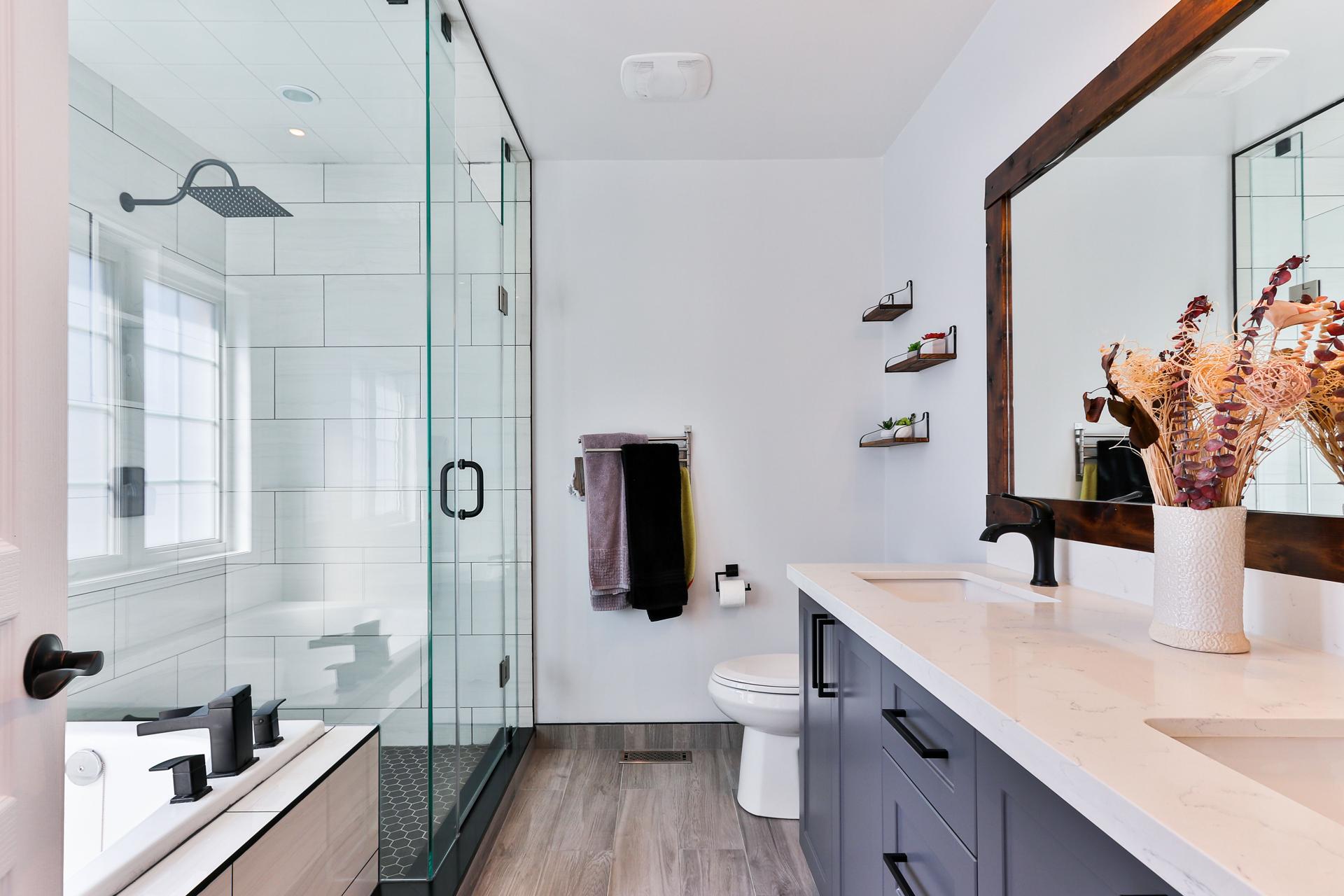Exploring Hot Water Plumbing: 101 Explained

Hot water plumbing is an essential part of daily life. We rely on hot water for a variety of reasons like showering, cleaning dishes, and doing laundry. In this post, we’ll give you a basic understanding of how hot water plumbing works.
Heating Water Basics
The term "hot water plumbing" refers to the system that delivers hot water to different parts of a building. It differs from cold-water plumbing in that it involves heating water prior to it being distributed across the entire building. The primary components of a hot water plumbing system include the water heater, pipes fixtures, and valves. Water heaters are the primary element of a hot water plumbing system. It heats the water and stores it until it is needed. The pipes carry warm water that is heated from the water heater to the fixtures like showers and faucets. Valves are used to regulate the flow of hot water while fixtures are used to distribute hot water to different parts within the structure.
The different types of hot Water Heaters
There are three primary kinds of hot water heaters on the market that include tankless, storage tanks and heat pump heaters. Tankless water heaters heat the water on demand and don’t store hot water. Storage tank water heaters store hot water in a tank until it is required. Water heaters with a heat pump use electric power to transmit heat through ground or air to warm the water. Every kind of hot water heater comes with its advantages and disadvantages. Tankless water heaters use less energy and have a longer life however, they are more costly. Storage tank water heaters are less costly, but they have a shorter life span and are less energy-efficient. Water heaters with heat pumps are the most energy efficient, however they might not be appropriate for climates with colder temperatures.
Maintenance of Hot Water Pipes
Regular maintenance is vital to ensure that your hot water system operates effectively and effectively. A few suggestions for maintaining the hot water plumbing system includes checking for leaks, flushing the tank, as well as replacing the rod that acts as an anode. The need to look for leaks is vital to prevent water damage and to make sure your hot water system is not making use of water. Cleaning the tank gets rid of sediment and mineral buildup, which reduces the effectiveness in the performance of your water heater. The anode rod is constructed to prevent corrosion and should be replaced at least every few years.
Troubleshooting hot water plumbing issues
Common problems that arise with hot water plumbing systems include a lack of hot or hot water or low water pressure. If you experience a lack in hot water pressure, this could be caused by an inoperative heating element or a faulty thermostat. The low pressure in your water can be caused by a clogged pipeline or valve. If you are experiencing any of these issues it is recommended you consult a professional plumber to determine and fix the issue.
Conclusion
Understanding the way that hot water plumbing functions is essential to ensure that your hot water plumbing system is operating correctly and efficiently. Routine maintenance as well as troubleshooting is also essential to prevent issues and prolong the lifespan of the hot water plumbing system.
Heating Water FAQ
How long does the lifespan of a hot water heater?
The life span of hot water heaters varies on the model and the type. On average, a storage tank water heater lasts between 8 and 12 years, while tanksless water heaters can last for up to 20 years.
How do I know if the hot water heater in my home is in need to be replaced?
Signs that your hot-water heater may need to be replaced include rust or corrosion in the tank. Other signs include leaks or strange noises, and a lack in hot water. If you encounter any of these issues, it is recommended that you consult a professional plumber.
